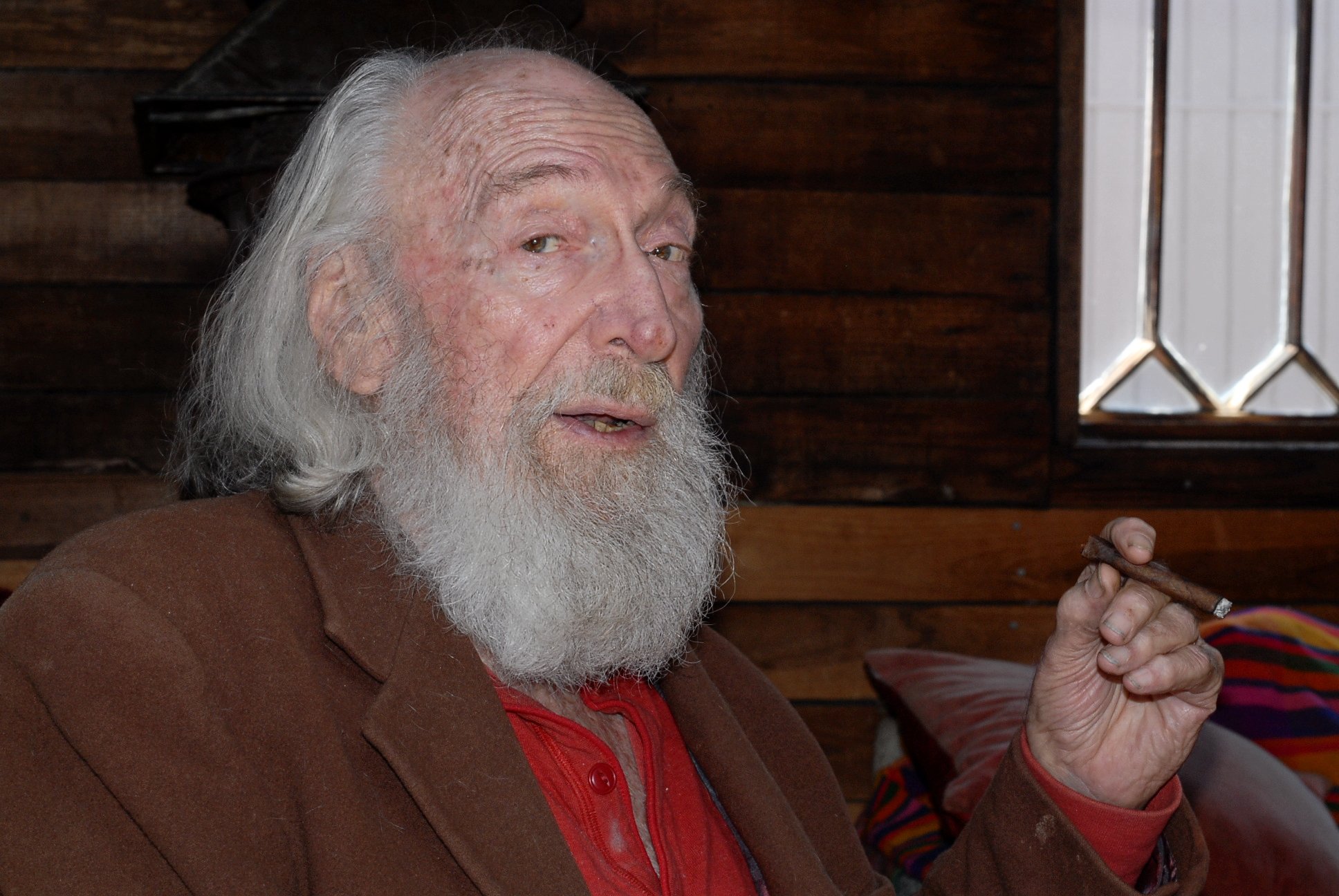The Great Trident Frogman Heist
 Friday, January 11, 2013 at 07:54PM
Friday, January 11, 2013 at 07:54PM By Larry Clinton
Among the many legends growing out of the Trident in the 60s and 70s is the story of a late night robbery by wetsuited gunmen.
According to newspaper reports from the time, in October, 1971, at least three armed men in “in Scuba gear” entered The Trident from the waterside, captured two employees, and robbed the safe of approximately $30,000 in cash.
One of those employees, Patrick Pendleton, has provided this eyewitness account on the website www.tridentrestaurant.com:
“About 2:30 in the morning, I’m mopping the kitchen floor and I felt something and turned around to see the largest gun I’d ever seen pointed right at my face. The guy holding it was a little shorter than I and dressed in a wetsuit that was not wet with a neoprene hood that covered everything but his eyes and his nose. He asked me who was here and I told him about Tom, the window washer in the dining room… and they grabbed a dish-apron off a counter and threw it over my head and then Tom and I were led to the men’s room and told to sit on the floor and stay there, a request with which we were only too happy to comply. …
“We could hear the guys drilling the safe and coming in periodically to check on us. After about an hour and a half, we risked talking and determined between ourselves that these guys had gone and we ought to tell somebody about it. So we got up and quietly checked the premises for stray bad-guys and hit one of the panic-buttons and I went out into the parking lot to wait for the cops to show up. We didn’t have long to wait…
“It was a pretty big deal because these guys weren’t a bunch of strung-out hippies, they were professional thieves who had taken the time and trouble to plan this thing. Of course, we planned too and were careful to clean up any incriminating evidence of our nightly debauchery before the police got there. After being interviewed by the detectives assigned the case, I still had to finish cleaning the kitchen – [Chef] Pierre was not one those guys I wanted to disappoint and I was just finishing up when he came in at about 6:30 am. So I told him our sad tale of woe and he had this slightly amused look on his face as if to say, “Goofy…I’m glad you managed to not get your head blown off”…
“Looking at mug shots and talking with the DA and police detectives was somewhat unsettling to me. Since I couldn’t identify any of the guys from the book of mug shots, I thought that perhaps they wouldn’t call me to testify but they did and I was able to identify the guy I saw in court, which made the state’s case, the DA happy, and me?
Well… I got a clean driving record out of the deal so all in all, not too bad. It turned out that the guys had come all the way over from San Francisco in a zodiac boat and somebody saw them on their way back and that’s how they came to be caught. Cool, huh? The Marin newspaper, Independent Journal, started calling it the Frogman Heist or something like that and we got quite a kick out of that because we knew the guys didn’t swim up to the deck – their feet were dry.”
Once owned by the legendary Kingston Trio, the Trident has recently been lovingly restored, and will host a benefit party for The Sausalito Historical Society on Monday, January 28, 2013 from 5:00 to 8:00 pm at 558 Bridgeway, Sausalito.
The benefit will be a tribute to The Kingston Trio and will feature the World Premiere of “The Lion Sons” composed of Josh Reynolds and friends (Mike Marvin and Tim Gorelangton) singing folk songs made famous by Josh’s father, Nick Reynolds, of The Kingston Trio.
Chef James Montejano will be preparing delicious hors d’ouvres. A complimentary beverage is included in the admission price. In addition there will be a cash bar.
People are encouraged to come in costume of the 1960s and ‘70s, and there will be prizes for the best costumes.
Admission is $45. For advance reservations, call 415-289-4117 or e-mail info@sausalitohistoricalsociety.org, or send a check to SHS, PO Box 352, Sausalito, CA 94966.
The deck of The Trident was featured in movies such as Woody Allen’s “Play it Again, Sam.”
Photo Courtesy of The Trident Restaurant



